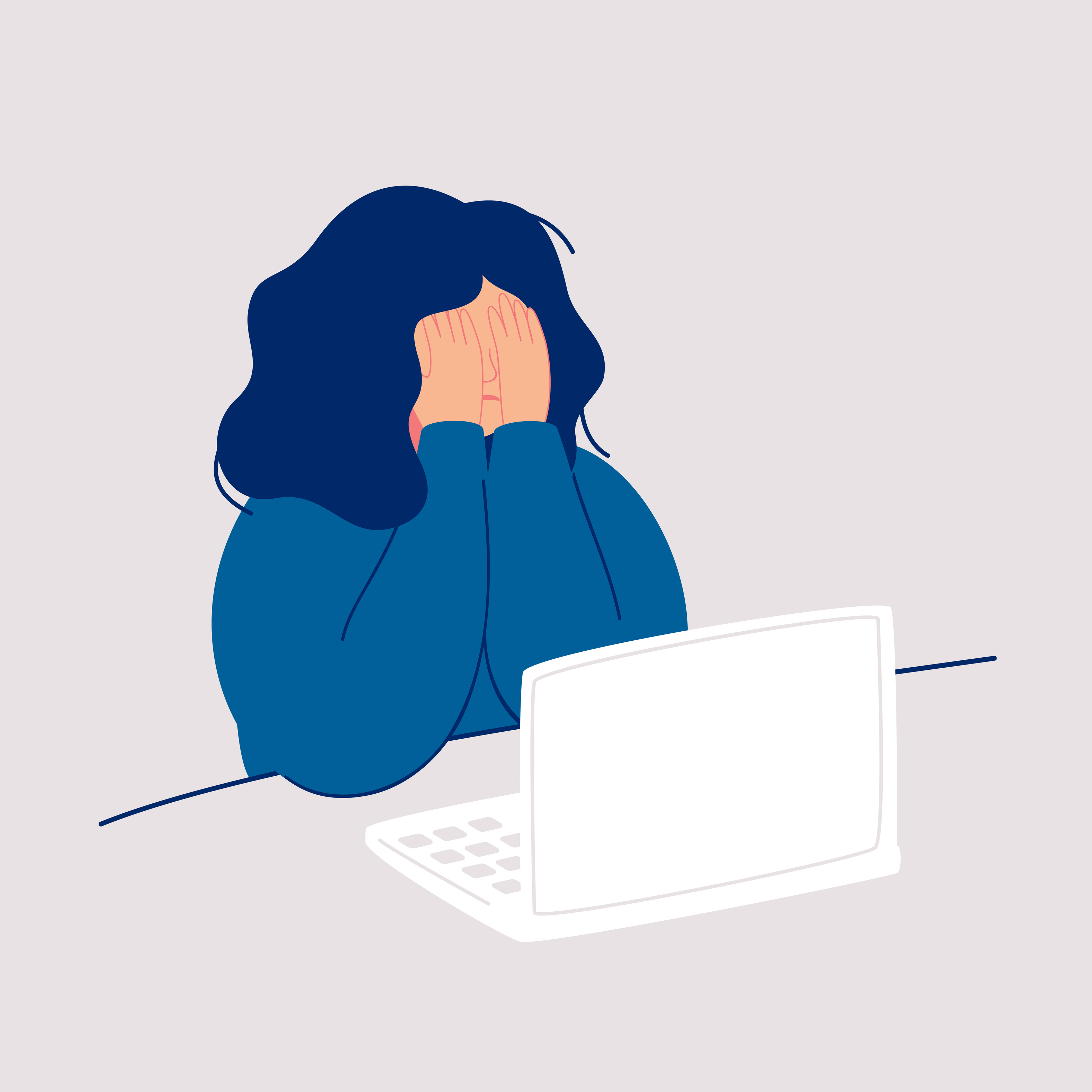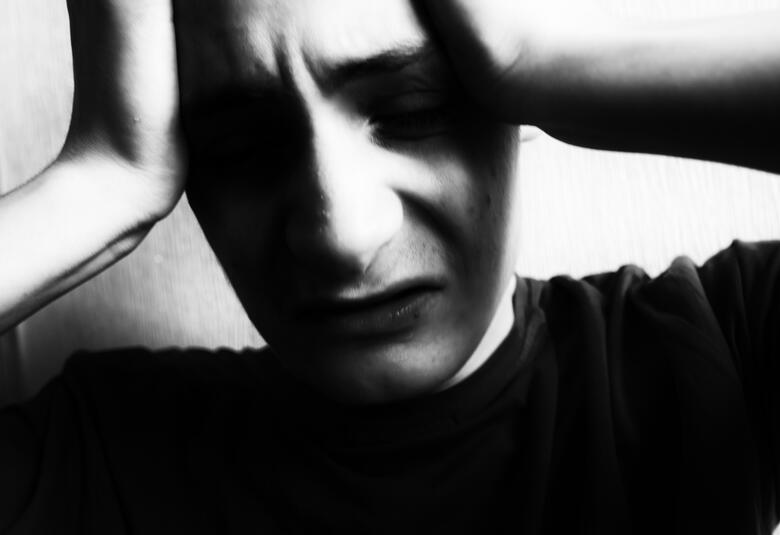Cluster headache is characterized by multiple episodes of severe head pain lasting up to 3 hours associated with extreme agitation, photo- and phonophobia, and nausea and vomiting. New insights into understanding what causes it were presented by Professor Mark Burish, University of Texas, TX, at Virtual Scottsdale Headache Symposium 2020.
What is cluster headache?
Between once every other day and eight times daily
Cluster headache causes severe pain—more severe than that associated with labor and bone fracture,1 said Professor Mark Burish, University of Texas, TX.
In contrast to migraine, which lasts from 4 hours to 3 days, cluster headache lasts from 15 minutes to 3 hours and typically occurs in a cyclical pattern (cluster period).2,3
In addition, cluster headache is associated with distressing agitation, which can be extreme, whereas activity is avoided in migraine, explained Professor Burish.
When is a headache a cluster headache?
At least five attacks lasting 15 minutes to 3 hours
The International Classification of Headache Disorders, version 3 (ICDH-3) criteria for cluster headache are:
- At least five attacks of severe or very severe unilateral orbital, supraorbital and/or temporal pain lasting 15–180 minutes (when untreated) occurring between once every other day and eight times daily with either or both of the following:
- conjunctival injection and/or lacrimation, nasal congestion and/or rhinorrhoea, eyelid edema, forehead and facial sweating, and/or miosis and/or ptosis ipsilateral to the headache
- a sense of restlessness or agitation2
Clock-like predictability and triggers that only induce an attack during a cluster headache cycle
Professor Burish highlighted other common features of cluster headache as:
- Rapid onset and offset, each lasting 5–15 minutes1
- Triggers such as alcohol, nitroglycerin and altitude, which only induce an attack during a cluster headache cycle1
- Typical migraine features of photophobia, phonophobia, and nausea and vomiting1
- Clock-like predictability of attacks, with 2 am being the most common time for attacks across time zones in United States,4 Denmark,5 and Sweden,6 suggesting an underlying circadian mechanism
What causes cluster headache?
Cluster headache sits on the spectrum of trigeminal autonomic cephalgias, explained Professor Burish. Sometimes there is a genetic component.7,8 It involves the following three systems:
A disorder of the trigeminal vascular system, sometimes with a genetic component
- Trigeminovascular system, with increased levels of calcitonin gene-related peptide (CGRP),9 and pituitary adenylate cyclase-activating polypeptide 38 (PACAP-38)10
- Autonomic system, with increased vasoactive intestinal peptide and PACAP-3810
- Hypothalamus11,12
CGRP plays a pivotal role in the initiation of the headache,8 but the precise mechanisms responsible for the initiation and the maintenance of cluster headache are not clear, said Professor Burish.
Research over the past 3 years to identify treatment targets has, however, accelerated understanding of cluster headache pathophysiology, and it is expected that this understanding will become more definitive over the next few years.
Our correspondent’s highlights from the symposium are meant as a fair representation of the scientific content presented. The views and opinions expressed on this page do not necessarily reflect those of Lundbeck.




